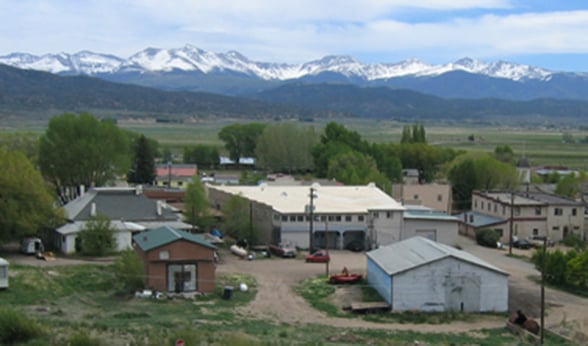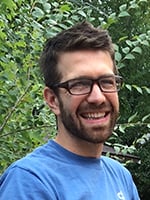 Elaine Belansky, PhD, Rocky Mountain Prevention Research Center director, and co-principal investigator
Elaine Belansky, PhD, Rocky Mountain Prevention Research Center director, and co-principal investigator
After years of partnering with K-12 schools in the most impoverished area of the state, enhancing exercise and nutrition programs for healthier learning, a Colorado School of Public Health research team on the University of Colorado Anschutz Medical Campus has gained more than $3.5-million in funding to take its project to the next level.
Researchers with the Rocky Mountain Prevention Research Center were recently awarded two grants from The Colorado Health Foundation (TCHF) to continue their work in southeastern Colorado and San Luis Valley schools. The money allows for a significant expansion of the center’s strategic planning process, Assess, Identify, Make it Happen (AIM XL), through which district-level comprehensive health and wellness plans can be developed.
“What is most exciting to me is that this grant gives us a chance to continue our longstanding partnerships with these rural school districts and to expand our work to now support children’s emotional health in addition to physical activity and healthy eating,” said Elaine Belansky, PhD, RMPRC director and co-principal investigator of the Working to Improve School Health and the Healthy Eaters, Lifelong Movers (HELM) projects. “We’ve been focused on the obesity-prevention side of things, which is really important and a significant issue in rural Colorado, but so is emotional well-being.”
Longer reach, broader focus
 The current RMPRC project encompasses 27 school districts in rural Colorado.
The current RMPRC project encompasses 27 school districts in rural Colorado.
In HELM’s first three years alone, moderate to vigorous activity levels in elementary school PE classes increased by 66 percent, and nearly 100 evidence-based environment and policy changes to combat childhood obesity were implemented in the southern Colorado study area. The current project, which encompasses 27 school districts, now will align with the Whole School, Whole Community, Whole Child (WSCC) model.
WSCC’s holistic focus with attention to 10 components, ranging from physical education and physical activity to counseling and social services, could have a dramatic effect in the region, Belansky said.
“We’ve heard from so many principals and superintendents that their No. 1 concern about students is their mental health,” said Belansky, adding that the region’s high poverty levels bring stressors that can sabotage children’s learning. In the largely agricultural San Luis Valley, an area the size of New Jersey with a population so sparse it could not fill Mile High Stadium, health-care resources are also stretched thin.
 Benjamin Ingman, PhD, principal investigator of AIM-XL.
Benjamin Ingman, PhD, principal investigator of AIM-XL.
“There is a lot of need there,” said Benjamin Ingman, PhD, principal investigator of AIM-XL. “Being able to bring this focus to the kids’ well-being is really important. Kids need to feel safe and be well-fed before they can start thinking about being successful and happy in school. I hope that this program will help these schools focus on some of these baseline concerns.”
Happy kids, better learners
During her years focused on southern Colorado’s rural areas, Belansky has heard many heart-wrenching stories related to hunger, parents in prison, family addictions and poor living conditions, all matters that make focusing on school difficult for students and place huge burdens on teachers and administrators.
The RMPRC, with the help of project manager Shannon Allen, PhD, and others, aims to ease those burdens by helping school districts bring all players ̶ including community agencies, staff, teachers, parents, administrators and students ̶ to the table to build programs and partnerships that support students’ overall well-being. Ingman, who wrote the recent grant proposal, said he hopes lessons learned from the team’s work eventually will reach beyond rural boundaries and influence other schools to broaden their educational aims.
None of the work would be possible without Ingman’s dedication, TCHF’s funding, and the support of school districts in the San Luis Valley and southeastern Colorado, Belansky said. “I’m so proud that we have somebody who understands schools and how important it is to focus on the health and happiness of the child, not just academic achievement,” she said of Ingman. “And I’m really proud that all of these districts in rural Colorado value working on the WSCC model to make a child’s educational experience a richer one.”
